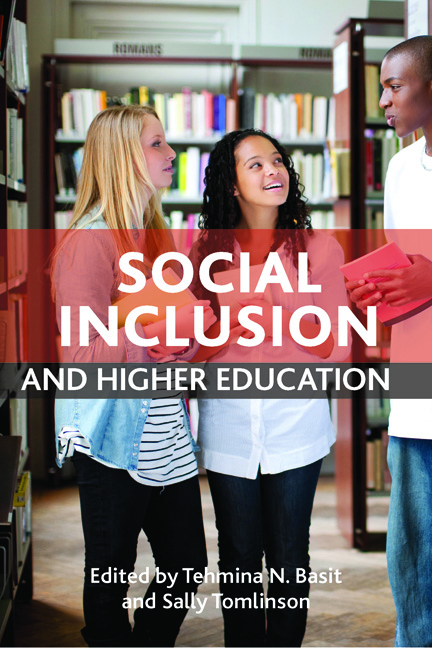ten - Para crecer: successful higher education strategies used by Latina students
Published online by Cambridge University Press: 01 September 2022
Summary
Introduction
Many Latinas succeed in graduating from colleges and universities every year, in spite of statistics that tell them and us that they are unlikely to succeed. What can we learn from successful students? What can their successes say to others about how to succeed, and to colleges and universities that want them to succeed?
At the university where this study was conducted, Latino students had the lowest retention rate when compared to other ethnic groups or to the white majority (OUS, 2006). The numbers of Latinos and other minority ethnic groups graduating were no better. For instance, only 41% of white students, 37% of Asian students, 28% of Latino students, 22% of African-American students and 16% of Native American students graduated from this university within the designated four-year start-to-finish undergraduate programmes (OUS, 2006).
Unfortunately, these statistics of failure to thrive in a university are reflected across the US. In the 2000 US Census Bureau survey, 35.3 million Latinos were found to live in the US, indicating that Latinos had surpassed African-Americans as the largest minority ethnic group in the US (US Census, 2000a, 2000b). Yet this growth in population is not as evident when reviewing participation rates of Latinos in higher education (Campaign for College Opportunity, 2010). In 2005, white students represented 72% of enrolees at all four-year colleges and universities nationally, while black students represented 11% and Latino/as represented just over 6% (Horn, 2006). Only 11% of Latinos over the age of 25 hold a bachelor's degree, while 29% of white people and 25% of other non-Hispanics hold bachelor's degrees (Santiago et al., 2004). Nationally, Latinos graduate from colleges at a rate lower than any other group except Native Americans, who attend in even lower numbers than Latinos (Shore, 2005). Only 13% of Latinos got a college degree in California in 2003 (the largest Latino population in the US resides in California). This was compared to 15% for African- Americans, 31% for white people and 62% for Asian-Americans (Shore, 2005; Kelly et al, 2010). The gap increases when women's enrolment for each ethnic group is compared. In 2004, Latinas comprised only 11.6% of the female undergraduate enrolment in all colleges and universities, compared to 14.6% black women and 64.7% white women (NCES, 2006).
- Type
- Chapter
- Information
- Social Inclusion and Higher Education , pp. 215 - 236Publisher: Bristol University PressPrint publication year: 2012



